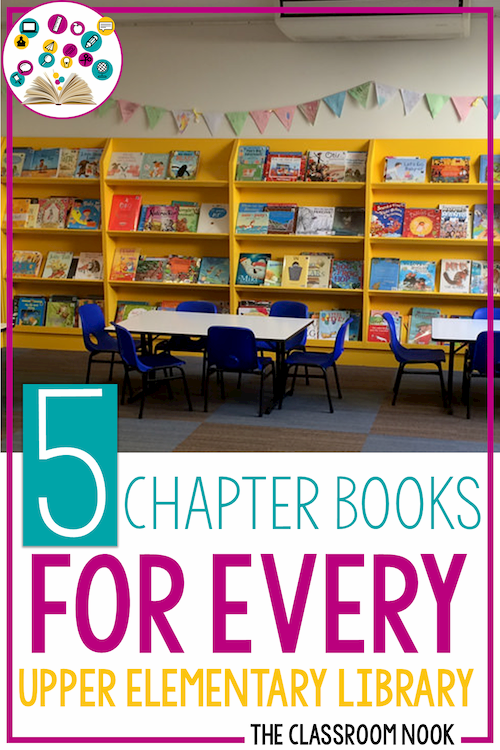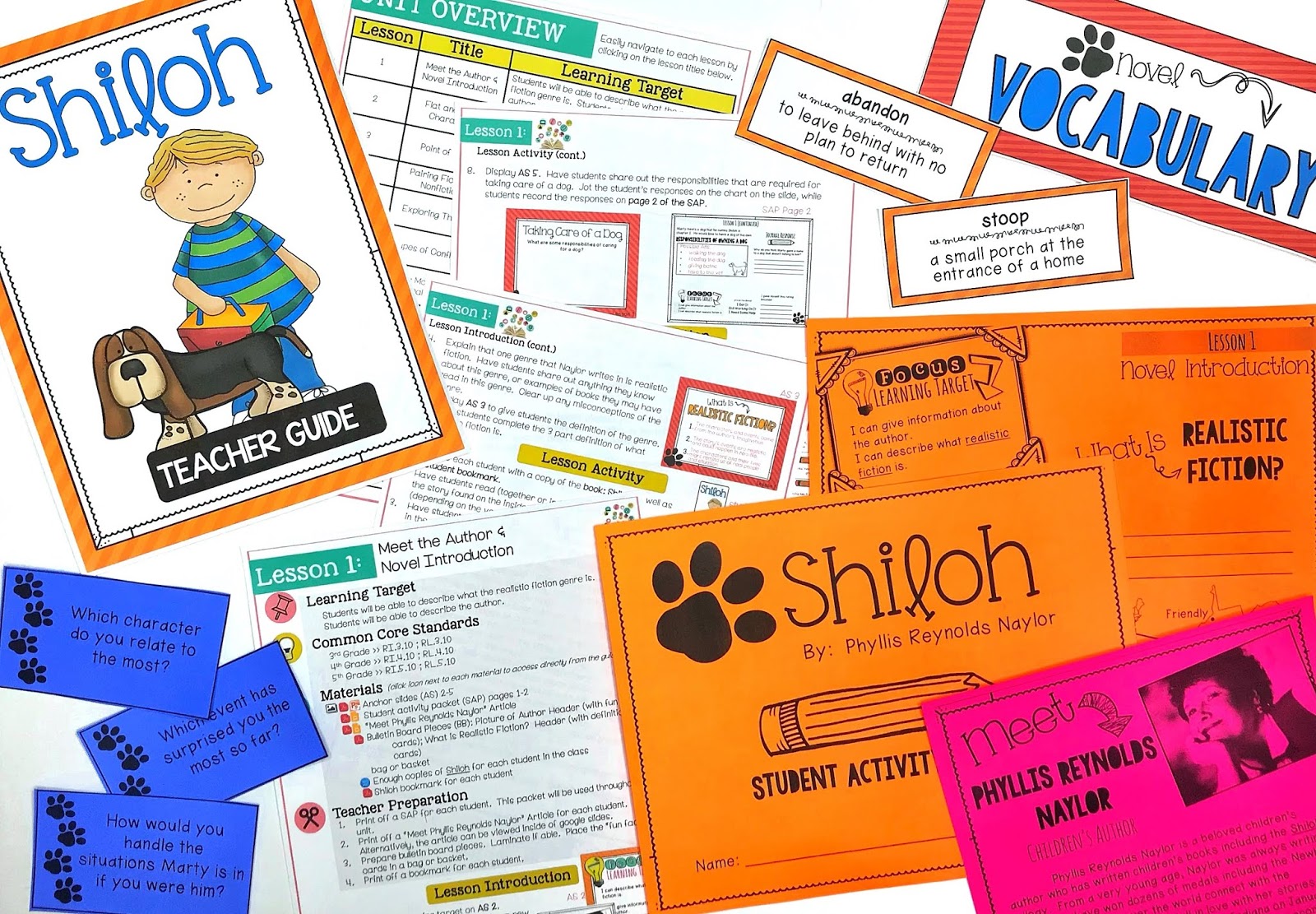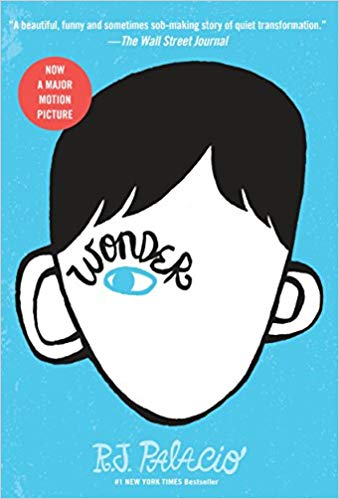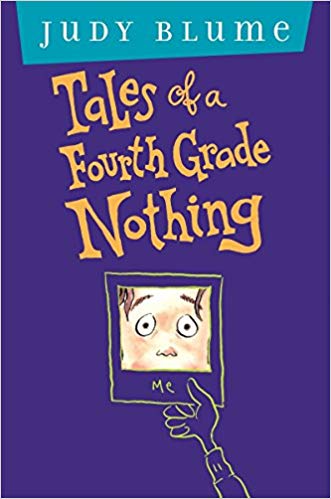5 Chapter Books that Every Upper Elementary Classroom Library Should Have

Building a top-shelf upper elementary classroom library is no easy task. It requires a great deal of research and careful curation. Especially as a new teacher, knowing exactly what types of books to include can be a challenge. Here are some tips and recommendations that will help, whether you're just starting your collection or looking for a few new titles to add to an established library!
QUANTITY of Books In your Classroom library
The first obvious necessity in creating a really great elementary classroom library is to gather books. Lots of books! It's recommended that your classroom library contain somewhere in the neighborhood of 500 books (more, if you can manage it). A chapter reader can go through dozens of books in the course of a school year. To keep that fire burning, you need plenty of fuel, and that means plenty of books. Make it a priority to visit every used book sale you can, keep an eye out for sales on Scholastic book orders, or ask for donations from parents (Be sure to give specific titles to help control the types of books coming in).
VARIETY of Books In your Classroom library
Teachers need to be sure that they have books on hand for every reader. When your kids go looking for their next chapter book, you want them to find one that they really want to read, and that suits their reading level and their intellectual growth needs. You'll need books of multiple genres, books that are pure fun, books that are inspiring, books that will excite sports nuts, science kids, animal lovers, historians and adventurers. Variety is truly the spice of the classroom library!
You May Also Like to Read: TEACHING STUDENTS TO CHOOSE “JUST RIGHT” BOOKS
QUALITY of Books In your Classroom library
High-quality chapter books are those that not only engage kids fully, but help them to grow as readers. A really good book builds reading skills, encourages deeper, more expansive and more creative thinking. It should also be enjoyable, helping make kids want to continue reading for a lifetime.
Books that SUPPORT Your CURRICULUM
It's also important for your classroom library to include chapter books that lend support to current or upcoming units. When studying for heritage and history months, perhaps a chapter book centered on the lives of immigrants is appropriate, or a book celebrating the life of Martin Luther King. Kids working on an Earth Science unit might benefit from a book about the life of a great naturalist.
It goes without saying that it won't be easy, or cheap, to amass a large number of high-quality chapter books of sufficient thematic variety for your teaching needs. Most schools aren't swimming in money, and neither are most teachers. The search for suitable books can also be a gigantic time sink.
5 Teacher-approved chapter books for your classroom Library
It helps to turn to lists of chapter books that have already been vetted by your fellow teachers and other education experts. This approach removes some of the guesswork, ensuring that your are selecting from only the best of the best. A good list of recommended books will include a synopsis, recommendations for which readers might enjoy it, and even ideas for using the book in conjunction with various teaching units. With all of this in mind, I would like to recommend the following chapter books for your upper elementary classroom library. Good luck and happy hunting!
SHILOH
Synopsis: Shiloh is the story of a boy, Marty, and his attempts to protect a dog named Shiloh from the dog's abusive owner. Marty finds himself keeping secrets, stealing, and lying, all in the name of what he considers a greater good - the well-being of an innocent creature. Marty learns that the dog's owner was himself abused as a child, resulting a lack of empathy for others.
Shiloh is a story of love, understanding, and moral conflict.
Recommended Readers: Shiloh will certainly appeal to animal-lovers with it's classic "boy and his dog" theme. It's also perfect for the young reader who enjoys realistic fiction. Although there are scenes in which animals are endangered or injured, Shiloh does survive. He and Marty go on to star in three more books, which will please fans of multi-book series.
Curriculum: Shiloh will lend support to any unit centered on ideas of justice as well the development of values, beliefs and personal identity. You'll also find it easy to use this novel in teaching concepts of character development, types of conflicts, and types of characters.
Check out this entire unit using Shiloh - perfect for whole-class or guided-reading instruction!
WONDER
Synopsis: Wonder tells the story of August "Auggie" Pullman, a fifth grade boy with a condition that causes severe facial disfiguration. August has been homeschooled most of his life, owing to the need for multiple surgeries and close medical attention. However, as fifth grade approaches, his mother realizes that she cannot provide him with the education he needs and the family decides to send August to Beecher middle school. August is bullied because of his appearance, but also manages to make a couple of friends. Wonder also gives a well-rounded portrayal of what life is like for August's family and friends, as they attempt to deal with the social stigma attached to his disfiguration.
Recommended Readers: Wonder will appeal to a wide audience, and is recommended for kids age 8-12 who enjoy realistic fiction. There are several related books, including Auggie and Me, 365 Days of Wonder, and We're All Wonders.
Curriculum: Wonder will lend support to any unit centered on concepts such as self-acceptance, prejudice, friendship and bullying. It's a great book for the beginning of the school year are you begin to develop a positive classroom community.
TALES OF A FOURTH GRADE NOTHING
Synopsis: Tales Of A Fourth Grade Nothing focuses on Peter Hatcher and his difficulties in dealing with his younger brother, "Fudge". Fudge misbehaves frequently and seems bent on annoying Peter. To Peter's further annoyance, Fudge is never punished by their parents for his poor behavior. Despite their differences, by story's end, Peter comes to realize that he does love his younger brother, and that Fudge even loves him back!
Recommended Readers: Tales Of A Fourth Grade Nothing is a funny book, and will appeal to most students, especially those with younger siblings.
Curriculum: Tales Of A Fourth Grade Nothing will lend support to any unit dealing with social and family relations. It's also a great book for teaching concepts of character traits and character development. Find a complete novel unit study using Tales of a Fourth Grade Nothing HERE!
GEORGE WASHINGTON'S SOCKS
Synopsis: George Washington's Socks is a time-travel novel in which five kids are transported by a magical rowboat to the Battle Of Trenton. They witness firsthand the complexities, toil and great sacrifice involved in the colonists' fight for freedom from Great Britain. The author weaves a great deal of true-to-life detail into the story, giving the reader an excellent view into the lives of the people of Colonial America.
Recommended Readers: George Washington's Socks will appeal to kids 8-12 who enjoy history and realistic fiction. Curriculum George Washington's Socks will lend support to units focused on American history.
PHINEAS L. MACGUIRE ERUPTS!
Synopsis: Phineas L. MacGuire Erupts is a fourth grader, and a scientist through-and-through. Mac's teacher unwittingly pairs him with his least-favorite classmate as science fair partners, forcing Mac has to learn not only science, but friendship skills he didn't know he had.
Recommended Readers: Phineas L. "Mac" MacGuire will appeal to kids 8-12 who enjoy science and realistic fiction.
Curriculum: Phineas L. MacGuire Erupts will lend support to units focused on science as well as friendship and social relations.
You May Also Like to Read: 6 ACTIVITIES TO INCLUDE IN YOUR NEXT NOVEL UNIT







